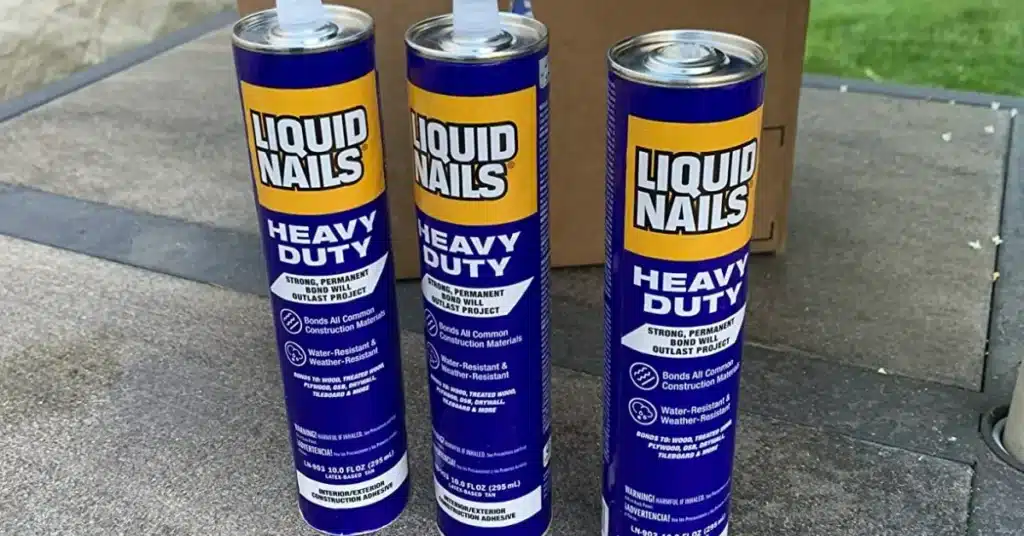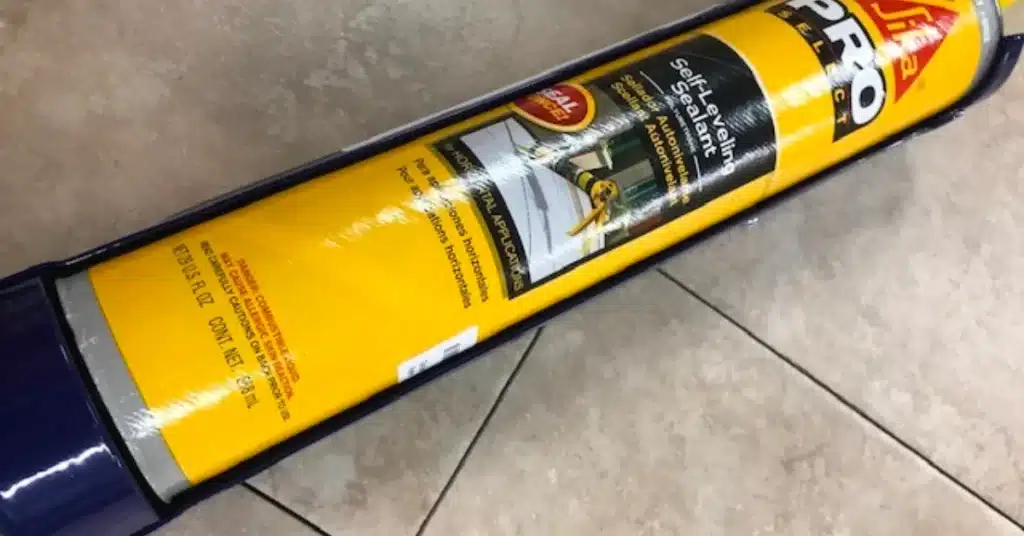Not all adhesives are made for lightweight arts & crafts and DIY projects; some are also for heavy-duty construction and other heavy lifting. Two such glues are the Liquid Nails and Sikaflex.
Even though they are made for similar purposes and have similar chemical compositions, there are vast differences between them. And if you are wondering how they differ from one another, you are at the right place.
I have researched and compared Liquid Nails vs. Sikaflex in detail so that you understand their differences and can make an informed decision easily.
Read More: Liquid Nails vs. Super Glue
Liquid Nails vs. Sikaflex
Testing and finding differences between Liquid Nails and Sikaflex yourself can be a daunting task. However, when you have a comparison table like the one below, finding how they differ from one another isn’t a chore.
Go through the table below to find out how these adhesives are different from one another.
| Properties | Liquid Nails | Sikaflex |
|---|---|---|
| Type | Construction Adhesive | Construction and Mechanical Adhesive |
| Uses | Primarily used for bonding construction materials | Used for bonding and sealing in construction, mechanical industry, and DIY |
| Made From | Polyurethane | Polyurethane (PU) and silane-terminated polymer (STP) |
| Strength | Maximum 500 psi | Maximum 550 psi |
| Cure Time | 7 days | 3 to 5 days |

Top 3 Differences Between Liquid Nails and Sikaflex
I have also talked about the differences between Liquid Nails and Sikaflex in detail for your better understanding.
#1. Type
Both the Liquid Nails and Sikaflex adhesives are construction adhesives made for heavy-duty work. However, still, their type differs.
For starters, “Liquid Nails” is a construction adhesive that is mainly used for bonding construction materials so that they remain tightly together. Made from Polyurethane material, this glue is mainly used for versatile construction projects for your convenience.
Whether joining the floor, decking, or heavy-duty construction works, this glue won’t let you down.
On the other hand, Sikaflex is not only a construction adhesive but a mechanical glue as well.
Besides bonding different construction projects and sites like joining construction joints and other heavy-duty construction works, this glue also helps to create strong mechanical bonds.
Made from Polyurethane (PU) and silane-terminated polymer (STP), Sikaflex adhesive is always useful.
Read More: Sika Crack Flex Sealant vs. Concrete Fix
#2. Strength
The strength of any adhesive matters. That’s because it determines how robust and strong the bond it will create between surfaces. And when it comes to the strength of Liquid Nails and Sikaflex, there is a slight difference between them.
First, although “Liquid Nails” is a construction adhesive, it has a maximum strength of 500 psi. It creates a moderately strong bond between the surfaces.
On the contrary, Sikaflex adhesives are a bit stronger and offer a maximum strength of 550 psi to the bond they create.

#3. Cure Time
Although both the Liquid Nails and Sikaflex adhesives are quite similar, when it comes to their cure time, there is a significant difference between them.
Even after being incredibly flexible, “Liquid Nails” adhesives take a long time to dry and cure properly. Depending on how you apply, this glue takes a maximum 7 days to cure completely.
However, the same isn’t true for Sikaflex adhesives. Because this adhesive is highly flexible, it requires relatively less time to dry.
This glue will dry and cure within 3-5 days of the initial application, allowing you to work with the bonded surface quicker than its competitors.
Read More: Liquid Nails vs. Pl Premium
Last Opinion
After the thorough Liquid Nails vs. Sikaflex comparison, I am sure that I would pick Sikaflex adhesive on any given day.
This construction adhesive is stronger than its competitors, forms a super strong bond, and cures quickly.
Compared to Liquid Nails or other competitors, this adhesive will create a more robust bond that is more durable and permanent.

